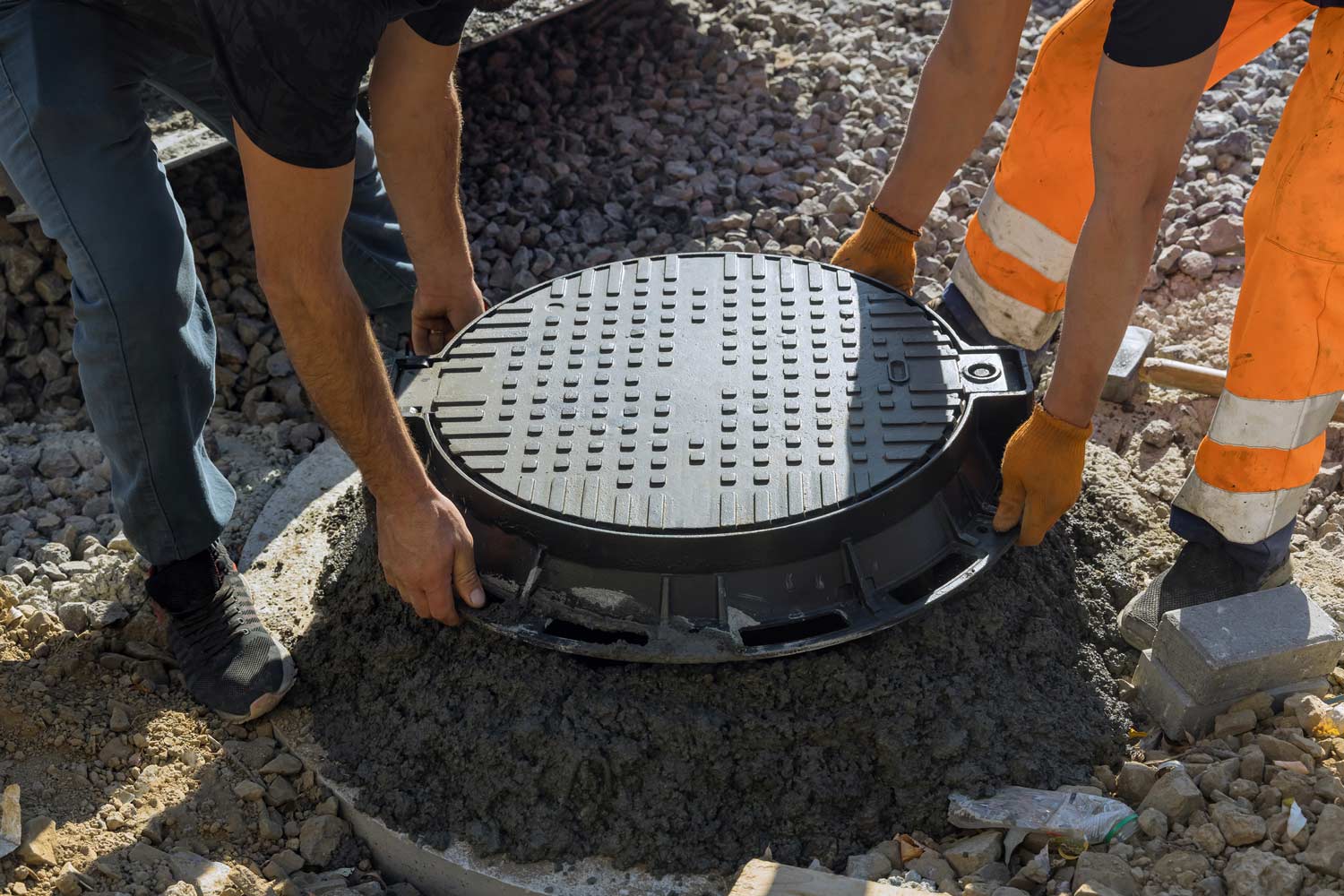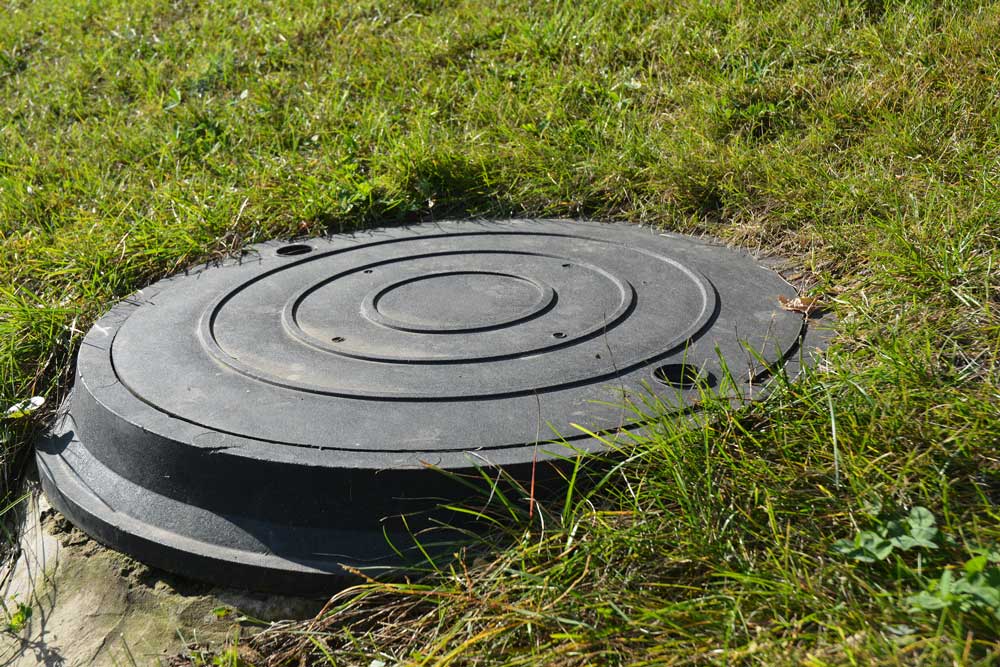Need a New Septic System? 4 Things to Know About the Percolation Test
Admin • December 9, 2020
If you build a new home and you plan to install a septic system, you will need to take some steps first. One of those steps involves the percolation test. A percolation test is a test designed to identify the absorption rate for soil. The absorption rate is how quickly water is able to be absorbed into the soil.
This rate is especially important for septic system installation. Without a good percolation rate, wastewater collects in the seepage field, which can lead to septic system failure.
Before you proceed with your septic system installation, discover some information you might find useful regarding the percolation test.
1. The Soil Is Tested for Percolation Rate
If this is your first experience with a percolation test, you may not be familiar with the process. The actual percolation test is quite simple.
During the percolation test, several holes will be dug into the soil. Once the holes are dug, they will be filled with water to ensure initial soil saturation. After the water absorbs into the soil, the holes will be with water again. From that point, the water will be monitored to determine how long it takes to be absorbed into the soil. A faster percolation rate equals better soil for your septic system.
2. Your Home Might Not Need the Percolation Test
If you are in the process of building your new home and you plan to install a septic system, you may wonder why you need a percolation test. The first thing to know is that not all residential property requires a percolation test, even when a septic system will be installed. If your property is near an existing municipal sewer system, you will not need to have a percolation test.
3. A Failed Test Is Not the End of the Road
If your soil has failed the percolation test, you may wonder what to do next. Note that a failed test does not necessarily mean that your project is at a standstill. You can take some steps to achieve a passing score on the percolation test.
First, if you have several acres to work with, you can run the percolation test in different areas of your property. Second, you can invest in a deep-hole percolation test. This test involves digging deeper into the soil. This option is best when the water table in your area tends to fluctuate. Finally, consider other options for your septic system. Several different types of septic systems work well when the soil has a poor percolation rate.
4. The Results Do Expire on Your Percolation Test
If you are ready to perform the percolation test on your soil, you will need to be ready to proceed with construction once you have the results. You might think that percolation test results would be valid indefinitely, but that is not the case.
In most places, percolation test results are only valid for about two to five years. Unfortunately, if your percolation test results expire before construction is complete on your home, you may need to invest in another round of testing. The best way to avoid that risk is to be prepared to start construction before you schedule the percolation test.
If you are ready to get started on the construction of your new home, be prepared for the installation of your new septic system as well. This information will help you to understand the process involved in the percolation test.
If you are in the Lancaster, CA, area, contact JT Sanitation. We can answer any questions you might have about the installation of your new septic system, including questions regarding the percolation test.
Choosing a good site for your new septic system depends on several factors. Learn what makes an appropriate septic installation site by reading this blog.
Septic tanks are beneficial but can get full fast. That’s why regular septic cleaning is important. Discover the benefits you can get.
Many homeowners disguise their septic systems. Heed these warnings to ensure your septic disguises do not come with dangerous complications.
Keep your septic system in top condition and prevent damage by preparing it for winter. Learn six steps to prepare for the colder months.
Do you suspect you have a clogged sewer line? Avoid health threats and water damage by knowing the signs to watch out fora main sewer line clog.
A septic system is a significant investment and one you want to last for years. Learn a few simple ways to increase the life of your septic system.
Many factors could cause the backflow of waste into your home. Follow our blog's four tips to ensure you don't have to deal with flooding inside your home.
Septic system repair isn't something that you should leave to a DIY enthusiast. Learn about five reasons to always hire a septic system professional.

